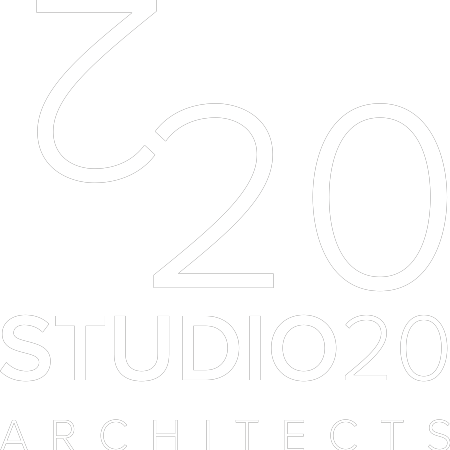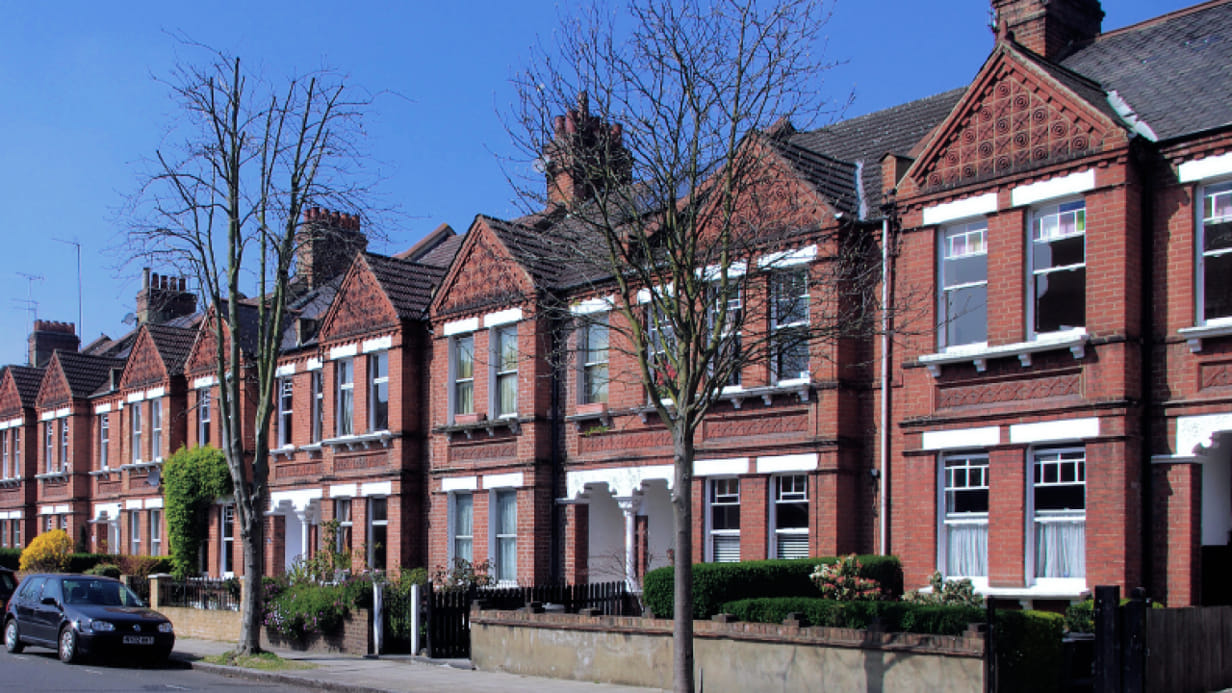Demystifying Islington Tufnell Park Planning Permission: A Guide for Residents and Developers
Islington’s vibrant Tufnell Park is a melting pot of history and modernity. Its leafy streets and charming Victorian terraces are a magnet for both residents and developers. But navigating the planning permission process in this sought-after area can feel like deciphering a secret code. This comprehensive guide sheds light on everything you need to know about securing planning permission in Islington Tufnell Park, empowering you to make informed decisions for your next project.
Understanding the Landscape: Islington Council’s Planning Framework
The London Borough of Islington Council meticulously oversees development within its boundaries. Their Local Development Framework (LDF) serves as the blueprint, outlining their vision for sustainable and high-quality growth. This framework comprises several key documents, including the Islington Core Strategy (2011) and the Development Management Policies (2013).
These documents establish clear guidelines for achieving positive development. Priorities include preserving the area’s architectural heritage, fostering a mix of uses, and promoting environmentally friendly practices. Familiarizing yourself with these policies is crucial before embarking on your planning permission journey.
Exploring the Online Portal: A Transparent Application Process
Islington Council champions a user-friendly approach to planning applications. Their online portal allows residents and developers to submit applications electronically, streamlining the process. Here, you can search for existing applications in your neighborhood, track the progress of your own application, and access downloadable forms and guidance documents.
For projects with a potentially significant impact, pre-application discussions with the Council’s planning officers are highly recommended. These consultations provide valuable insights into potential hurdles and ensure your proposal aligns with the Council’s vision for Tufnell Park.
The Anatomy of a Successful Planning Application in Tufnell Park
A well-crafted planning application increases your chances of securing approval. Here’s a breakdown of the key ingredients:
- Detailed Site Plan: A comprehensive plan outlining the location, boundaries, and dimensions of the proposed development is essential.
- Design and Access Statement: This document explains the design rationale behind your project, detailing how it integrates with the existing streetscape and surrounding architecture.
- Heritage Impact Assessment (if applicable): If your project affects a listed building or a conservation area, a heritage impact assessment becomes necessary. This assessment evaluates the potential impact on the historical significance of the site and proposes mitigation measures.
- Sustainability Statement: Islington Council prioritizes sustainable development. Your application should showcase how your project incorporates eco-friendly principles, such as energy efficiency, use of recycled materials, and green infrastructure.
Community Engagement: Fostering Open Communication
Islington Council encourages open communication between developers and residents. Consider reaching out to your neighbors and involving them in the planning process. This can be achieved through public consultations, informative brochures, or neighborhood meetings. Addressing their concerns proactively fosters a sense of community ownership and can lead to a smoother application process.
Beyond Approval: Conditions and Post-Permission Requirements
Even with approval granted, planning permission may come with specific conditions. These might include adhering to specific building materials, implementing landscaping plans, or addressing traffic flow concerns. It’s crucial to meticulously adhere to these conditions to avoid delays or enforcement action.
Seeking Expert Help: Navigating the Nuances
The planning permission process can be intricate, and seeking professional guidance can be advantageous. Consider consulting with:
- Planning Consultants: These specialists possess a deep understanding of planning regulations and can guide you through the application process, ensuring your proposal meets all the necessary requirements.
- Architects: An architects can translate your vision into a design that adheres to planning guidelines and complements the character of Tufnell Park.
Conclusion: Transforming Tufnell Park with Responsible Development
Islington Tufnell Park presents exciting opportunities for growth. By understanding the planning permission process and adhering to the Council’s vision, you can contribute to the area’s positive evolution. With meticulous planning, open communication, and a commitment to sustainability, your project can become a valuable addition to Tufnell Park’s vibrant tapestry.
Additional Resources:
- Islington Council Planning Applications: https://www.islington.gov.uk/planning/applications/comment
- Islington Local Development Framework: https://www.islington.gov.uk/planning/planning-policy/islington-local-plan
By following this comprehensive guide and utilizing the provided resources, you can embark on your Tufnell Park development project with confidence. Remember, responsible and well-considered development paves the way for a thriving and sustainable future for this cherished London neighborhood.



Comments are closed